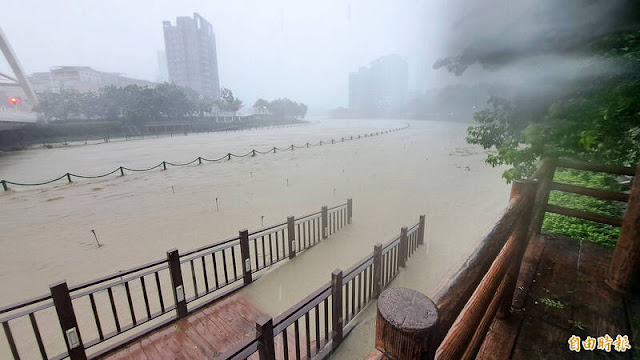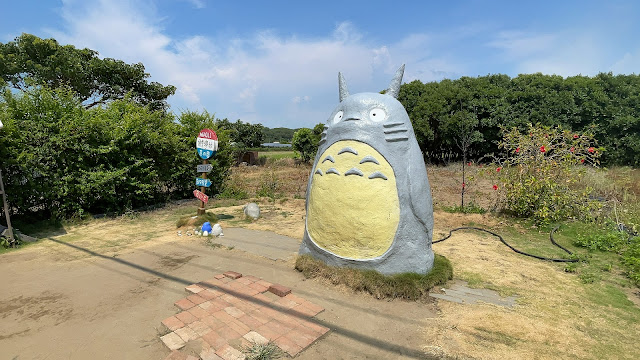July 24th was supposed to be the last day of our son's kindergarten, but due to Typhoon Gaemi, everything was shut down. We will have to go back another time to collect his things.
Fortunately, the typhoon wasn't very strong in Miaoli, even though its path was just a few kilometers north of where we live. Other parts of the island weren't as lucky, with some areas experiencing over one meter of flooding. Many places in Kaohsiung, Pingtung, Tainan, Chiayi, Yunlin, Nantou, Changhua, Hualien, and Yilan were inundated. Yilan and Kaohsiung were the worst hit, with the highest rainfall recorded. Watching the news, it looked really bad, with cars floating around and homes, even apartment garages, flooded. There were a few casualties (10 at the time I wrote this), which, considering the damage, seems surprisingly low—thankfully.
We didn't suffer much impact other than being stuck at home for a few days. We had two days off, which, of course, doesn't change much for me as cooking and cleaning never take a break. Recently, our son received UNO cards as a gift, and we spent about four hours a day playing. Sunday finally looked better, with the forecast showing a sunny day. Some areas of Taiwan still had days off even on Monday, July 29th, highlighting how severe the flooding was this time. Water reservoirs quickly refilled, so I hope we won't be facing water shortages this year. We also checked out Yongheshan Reservoir, which looked really lovely.
The damage from the typhoon rose to a few billion TWD, which is enormous. We quickly saw the impact, as even on Monday, there were no eggs and barely any vegetables in stores, despite visiting more than one. Luckily, I had prepared for this, so we aren't lacking food. However, I always seem to have bad luck; when there are no eggs available, I get cake orders that I have to refuse. Oh, my luck... The cake business is already challenging enough. Is everyone getting healthier these days, or are people just saving money on other things? I haven't raised prices, but the cost of ingredients keeps growing. I understand that cakes aren't a necessity.
We also did some accounting, and found that we’re spending nearly twice as much on food as we did last year, so inflation isn't that small.
Typhoon Gaemi was the strongest in eight years, and watching the news, it was clear how intense the rain and wind were. It's the biggest storm since I moved here in 2017. In recent years, typhoons have barely hit Taiwan, with more activity only picking up last year. However, we lived in the north then, and typhoons usually affected the south, so it was unusual to see this typhoon going north and passing through the island.
I hope everyone is well and that the damage will be repaired soon. I heard about the government offering subsidies to households where the water was over 50cm high, but compared to the overall damage, it doesn't seem like much.
Despite the tragedy, some people found ways to have fun during those days. Many videos circulated of people paddleboarding, swimming on their mattresses, playing with remote control boats, and one man playing the piano calmly in his flooded living room. The only real danger was a pet crocodile roaming around Chiayi, but at least it loved its owner and swam back home soon after.
































































